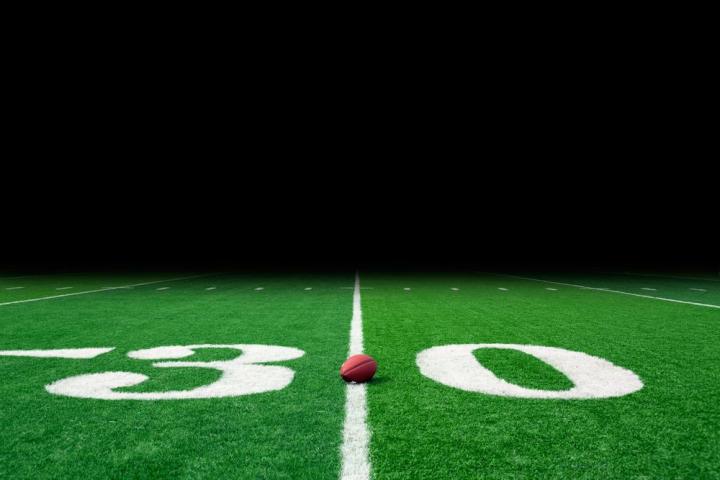
One of the lucky winners is Bethseda-based BrainScope, a 30-person company that has developed a portable concussion assessment system. Its handheld device, called the Ahead 200, borrows Google’s Android technology and places electrodes on the patient’s skull to conduct an electroencephalogram that measures electrical activity in the brain. Based on these results, the Ahead 200 is able to almost instantly determine whether or not the patient has sustained a serious head injury.
Impressively, BrainScope’s technology has already received the green light from the Food and Drug Administration (FDA) to be employed in diagnostic settings, which means that the public may soon have access to the Ahead 200 and all it has to offer. And more innovations are expected to follow soon thereafter, with Jeff Miller, the NFL’s senior vice president of health and safety policy, telling Reuters that practical applications from grant recipients are expected to hit the market within the next two years.
Said Miller, “It’s not too far in the future. This partnership [with GE] has proven to be all that we had hoped and vastly more in terms of being able to advance the neurosciences in ways that will lead to better protection and the health and safety of our players. And have significant impacts beyond the soccer field, other sports and throughout our community and the military.”
Other $500,000 winners include Banyan Biomarkers Inc. of San Diego, the University of Montana, Missoula, and Quanterix of Lexington, Massachusetts, all of which are examining blood for biomarkers that detect different characteristics of concussion. And in the neuroimaging side, BrainScope is joined by the Medical College of Wisconsin in Milwaukee and the University of California, Santa Barbara, which are researching EEG-based traumatic brain injury detection to better understand concussions.
Ultimately, Alan Gilbert, director GE’s Global Government and NGO Strategy, said to Reuters, “The lessons we are learning and the innovations we are helping to accelerate are not only going to help us and society overall around mild traumatic brain injury and the safety of the game, and improve safety for athletes across other platforms. We’re going to learn and be able to apply those lessons to things like ALS (amyotrophic lateral sclerosis, or Lou Gehrig’s disease), Alzheimer’s, and Parkinson’s.”


